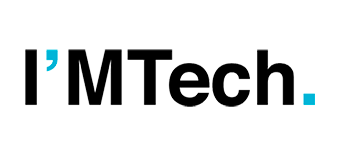Ai4R: A world leader in an advanced medical imaging technology
Ai4R, a start-up created by a graduate of IMT Atlantique, has developed an autoradiography process for which it markets a range of high-performance machines. With a strong focus on research, it has received support from the IMT Atlantique incubator and recently from the France Relance plan. The original version of this article was published on […]

